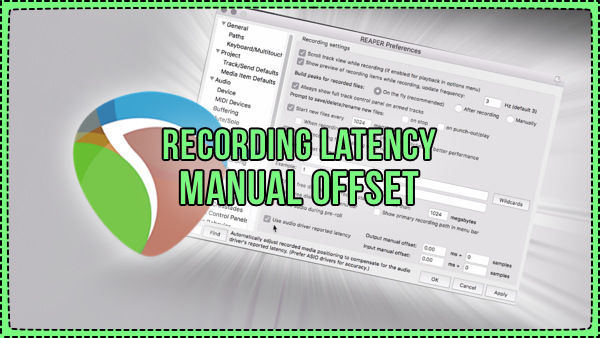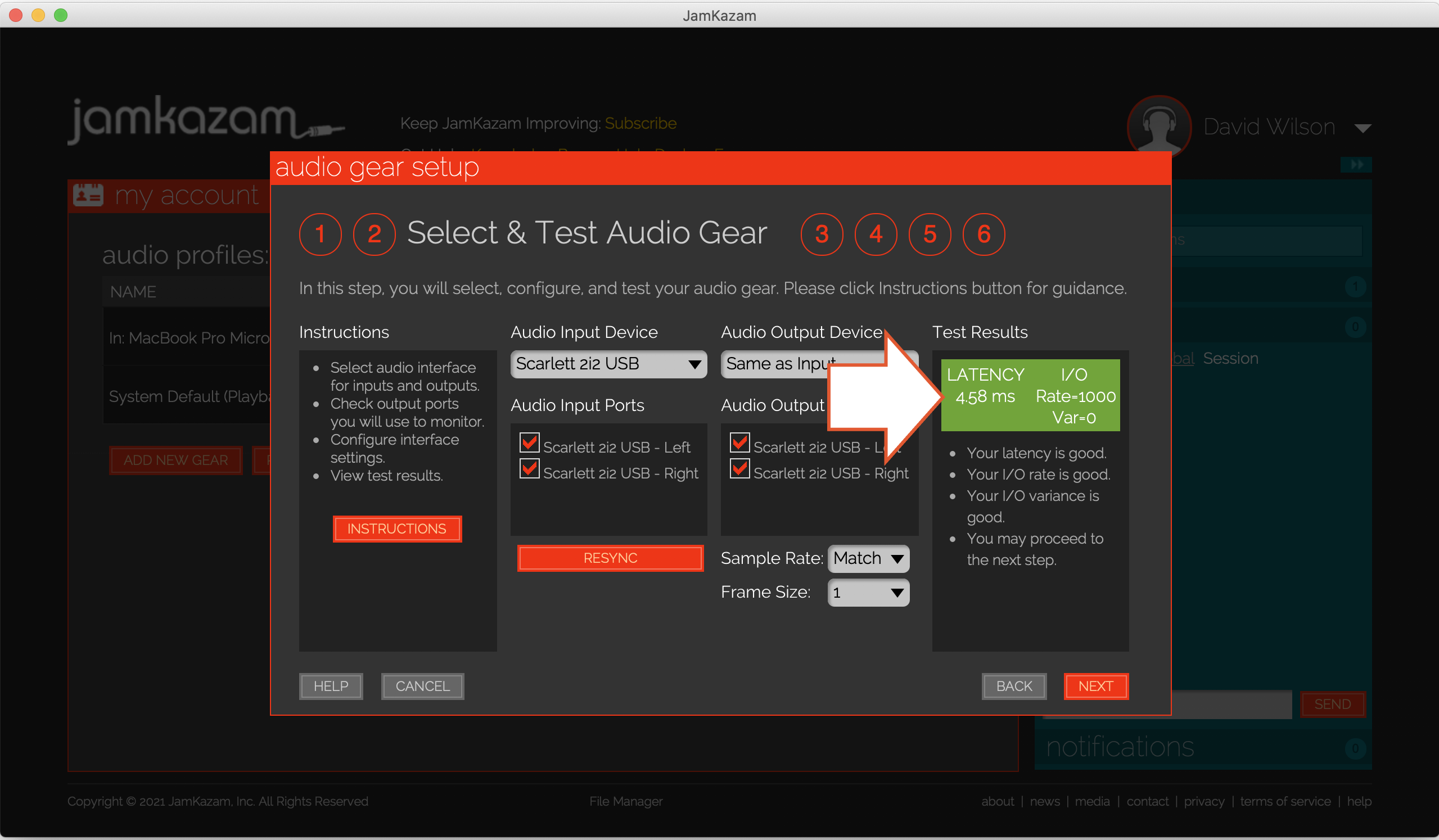

- #AUDIO LOOPBACK LATENCY TEST HOW TO#
- #AUDIO LOOPBACK LATENCY TEST DRIVER#
- #AUDIO LOOPBACK LATENCY TEST MANUAL#
- #AUDIO LOOPBACK LATENCY TEST FULL#
- #AUDIO LOOPBACK LATENCY TEST ANDROID#

The resistor loads tell the microphone polarity switch that To ensure that the output signal will not overload the microphone input, Google does not have a business relationship with PassMark. This isn't a recommendation or an endorsement. This technique is used in OboeTester and in CTS Verifier.Ī Loopback Dongle based on the circuit below is available from The time between the two is the combined input plus output latency.
#AUDIO LOOPBACK LATENCY TEST ANDROID#
The Android audio team uses it to measureīy sending an encoded signal through the output and then looking for that matching signal on the input. The Chrome hardware team designed this circuit and plug for functional testing
#AUDIO LOOPBACK LATENCY TEST MANUAL#
And by that I mean that if you route from one track to another and record the output, the manual latency offset isn’t needed and is not used.The diagram and photo below show an audio loopback If you normally monitor through a digital connection like S/PDIF into a monitor controller, you’ll want to do the loopback with the S/PDIF cable instead of analog.Īnd the last thing to mention is that this only applies to signals coming through the inputs.

I feel like in most situations it will still be close enough, and you can optimize this setting for your usual recording block size. Any time you change the sample rate or audio device block size, technically this number will change. We can press ping detect again in ReaInsert and now see 0 samples of additional latency.Ĭouple more things to note before we wrap this up. Now we just take this number and add that to the input offset adjustment. A signal will go through the loop and tell you the delay compensation in samples. Set the output to your output, and the input to the input, the same as you wired it, with the other output and input set to none. I just couldn’t get the camera and lights in a good place to film that.īack to reaper we need 1 track, we’ll alt-click the routing button to make sure it doesn’t go to the outputs. I’m doing the same setup on my Arturia Audio Fuse, using output 3 and input 3, and I’ve made sure that input 3 is not monitoring and the main out is all the way up. Then we’re turning the volume on the interface up full. If your Audio interface has a software mixer, make sure that the inputs are muted. And very importantly, if there’s a direct monitor switch, turn that off. Make sure if there’s a switch that its line not instrument or hi-z. You’re going to need a TRS cable, connect it to one of the the outputs, and the other end to one of the line inputs. I’m going to show you on this basic audio interface the Focusrite Scarlett 2i2, but really it’s the same on any device.
#AUDIO LOOPBACK LATENCY TEST FULL#
We’ll be sending a full scale signal out and the wiring is potentially a feedback loop so it could get loud enough to break something. Turn off your speakers, and unplug headphones.
#AUDIO LOOPBACK LATENCY TEST HOW TO#
I was going to show you how to make the test signal, but I realized there’s an easier way using the ReaInsert plugin. We’re going to connect a cable from the output to an input and using a test signal determine how many samples of offset is needed. How do we know how many samples to add here?īy setting up a loopback test. You can set either, I feel like input makes more sense to adjust, and adjusting by samples will be more accurate. Without this we’d never be able to record with direct monitoring and get anything close to in time with the project.Īnd down here we also have the 4 optional manual offsets for output and input in milliseconds or samples. If you’ve never had this option enabled, this will probably make a huge difference. Unless you want to manually correct the latency completely.
#AUDIO LOOPBACK LATENCY TEST DRIVER#
Make sure this box is checked at the bottom, “use Audio driver reported latency”. Now let’s look at the recording preferences 64, and 128 are common low latency block sizes. While we’re here, set the latency to whatever you normally use for recording. On a Mac there’s the core audio driver for whatever audio interface you have, and you’ll just want to make sure you have that up to date.

In most cases you’ll have the lowest latency and best performance, and it will report the latency to reaper. If you’re on windows you’ll want to use an ASIO driver when recording. First let’s look at reaper audio device preferences


 0 kommentar(er)
0 kommentar(er)
